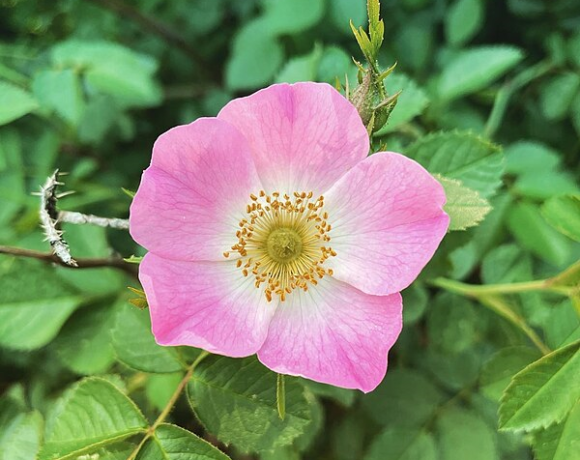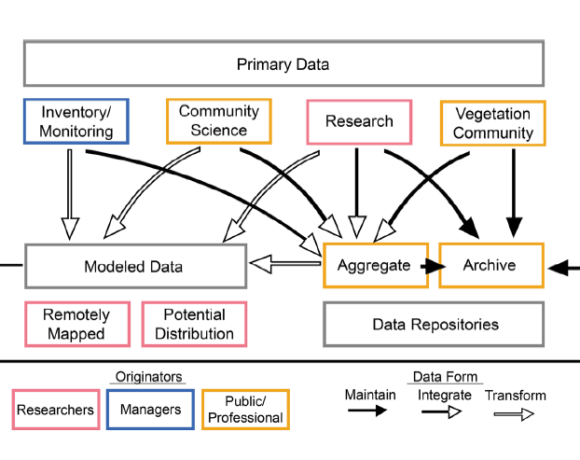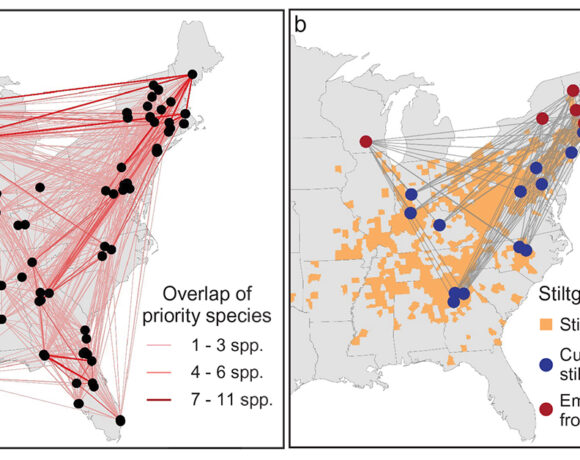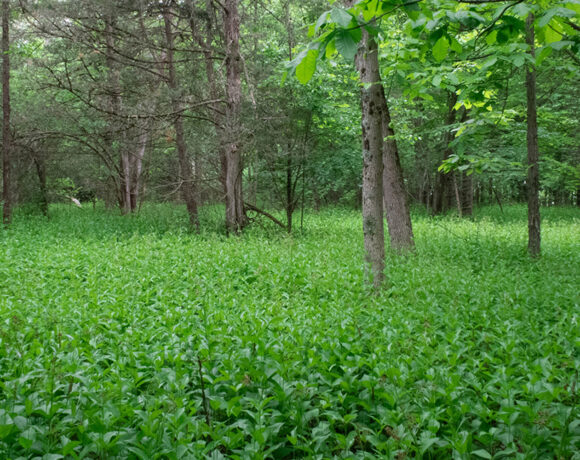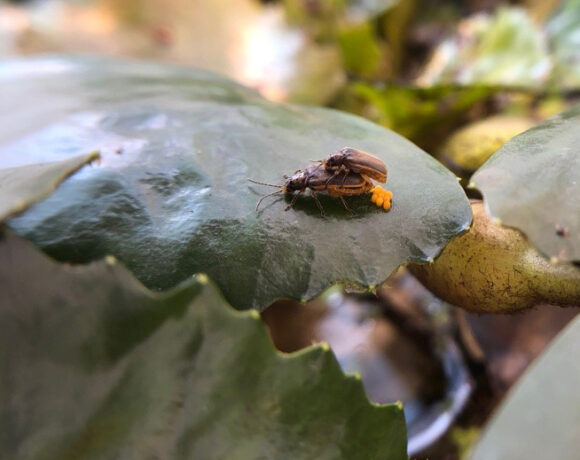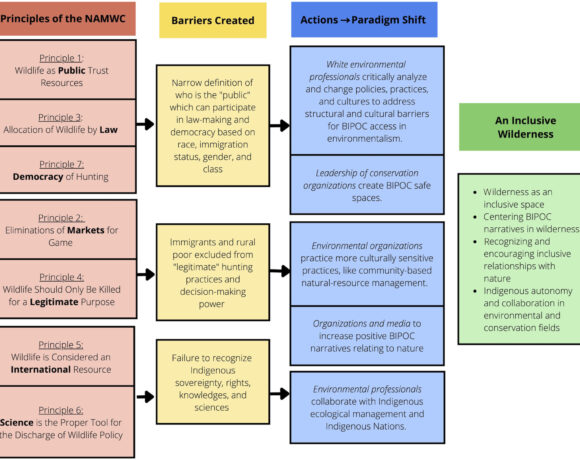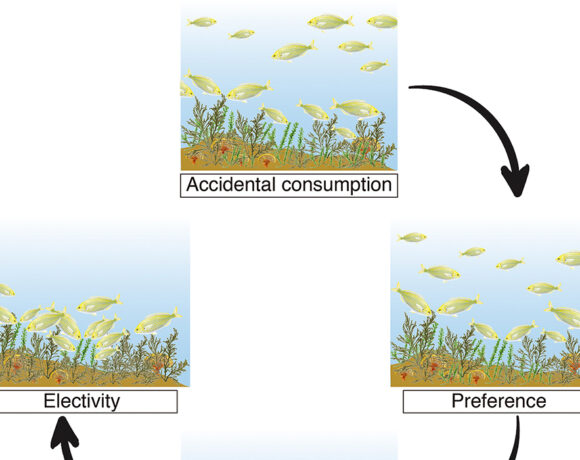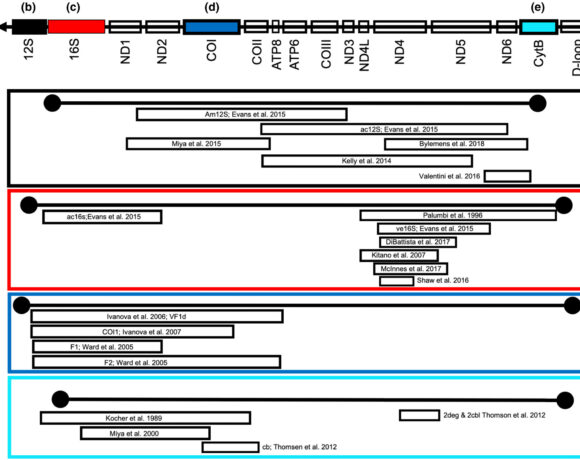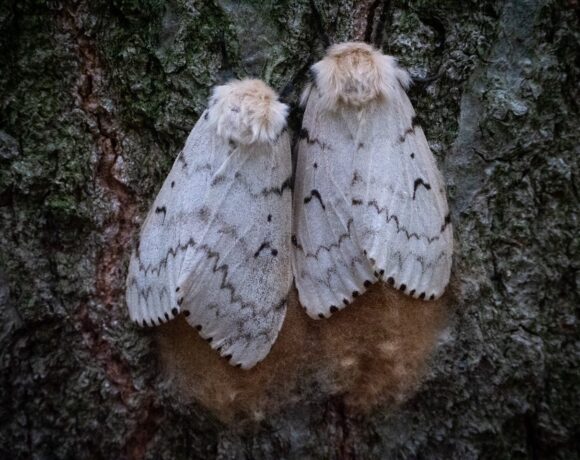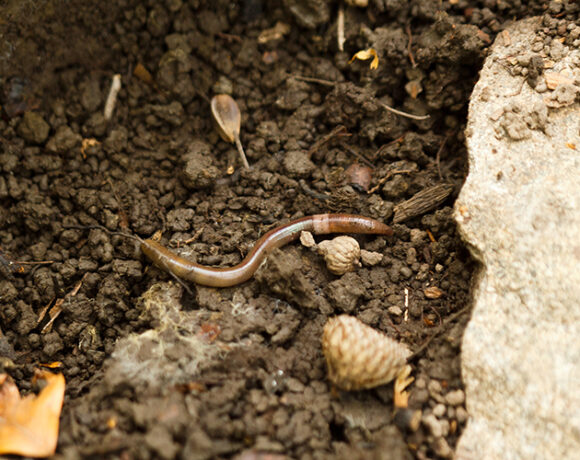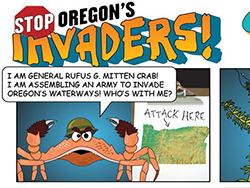Lessons learned from a widespread invader: seeding the future of invasive management strategies
Summary written by Justin Dalaba, edited by Audrey Bowe
The negative impacts of invasive species pose a challenge for management, but also provide an opportunity to uncover valuable insights into ecology and conservation. Coakley & Petti 2021 summarize one of these “unintended large-scale experiments in nature,” examining key lessons from numerous studies on invasive Himalayan balsam (Impatiens glandulifera). This highly invasive plant is widespread throughout Europe, parts of North America, and New Zealand. This paper offers seven important lessons learned through impact studies that can contribute to conservation plans for invasive species in varying ecosystems and climates.
Key take-aways by lesson:
-
- Lesson One: I. glandulifera has different effects on different invaded ecosystems
The environmental conditions and requirements of other species at an invaded site can influence the level of impact. Studies document a range of impacts of I. glandulifera on native flora, from negligible impacts in some areas, to impacting widespread dominant ruderal species in others. It is not always the case that more diverse communities are less susceptible to biological invasions. - Lesson Two: invasive plants can have “beneficial uses”
Even the most damaging invasive species experience some beneficial relationships. For example, pollinators have rapidly developed a reliance on flowering I. glandulifera, facilitating its establishment and spread. This raises the need to take measures that aid in ecosystem recovery following invasive removal (i.e. planting alternative resources for pollinators). - Lesson Three: I. glandulifera is a transformer
Invasive plants can function as a “back-seat driver,” paving the way for future change following disturbance (i.e. altering nutrient cycling, erosion control, pollination, etc.). Autumn dieback of large I. glandulifera stands along the riverbank has resulted in increased flooding, degrading the ecosystem’s erosion control. - Lesson Four: microbiome plays an important role in management
Most studies report a negative effect of I. glandulifera on soil fungal communities. Studies document invasion of I. glandulifera reducing mycorrhizal colonization of plants in forested communities, and in one experiment indirectly decreasing survival of native beech tree saplings. - Lesson Five: importance of field experiments
Short-term field experiments have shown less significant impacts of I. glandulifera. However, long-term studies have captured more substantial effects, including a reduction in seedbank diversity. Strong annual fluctuations in weather and plant populations can make capturing trends with short-term experiments difficult. - Lesson Six: insights into considerations for conservation efforts
Evidence suggests promoting environmental conditions that favor native species abundance may inhibit invasion. Method of control matters; manual removal led to a negative impact on belowground invertebrates, where biocontrol using the rust, P. glanduliferae, led to an increase in both below and above-ground invertebrates. - Lesson Seven: pathway to becoming invasive – nature or nurture?
Several trait changes of I. glandulifera with increasing latitude support the hypothesis that it can adapt to new environments. There is also evidence that I. glandulifera is pre-adapted for invasion; human-facilitated spread has created ‘non-natural’ populations with higher performance than ‘natural’ populations due to more favorable conditions.
- Lesson One: I. glandulifera has different effects on different invaded ecosystems
Management implications:
- Control strategies, including management or eradication, should consider whole ecosystem and habitat-specific impacts
- Positive impacts should be considered in addition to negative impacts when developing management strategies for long-established or widespread invasive species
- The microbiome plays a key role in ecosystem function and may also need recovery following invasion
- Biological control, where available, can offer a promising and sustainable means of aiding in habitat recovery over time and self-regulating invasive populations
- Management efforts should focus on promoting environmental conditions that favor native vegetation (i.e. maintaining high spring water levels to impede germination of I. glandulifera, preventing large summer monocultures)


